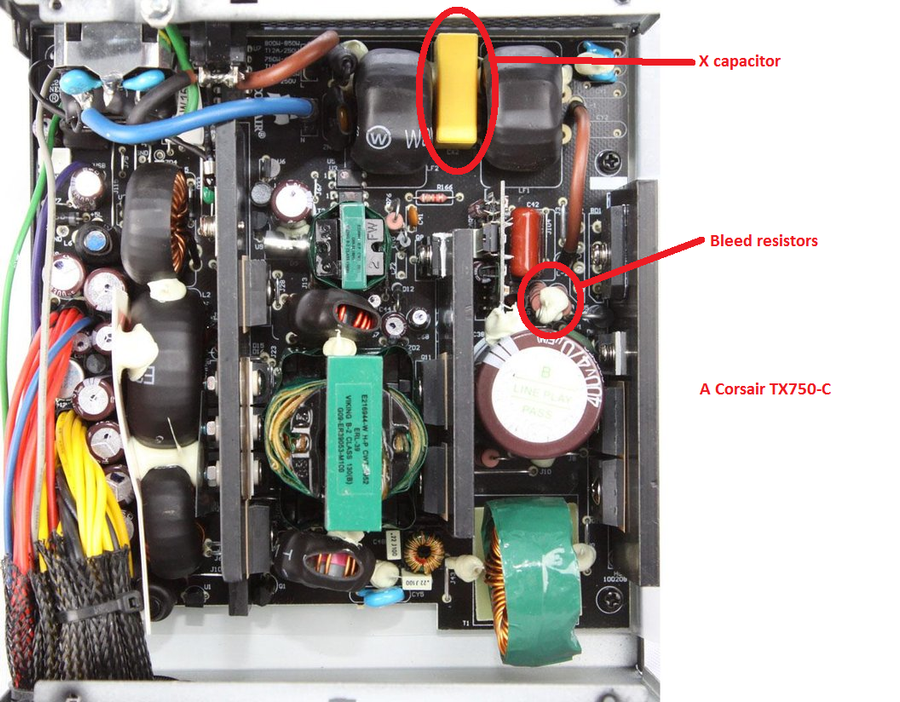Resistor Power Guides
High voltage resistors come in many different designs and each of them has been used for specific uses and purposes as well. Most of their manufacturers are specializing in the design of a customer or application specific high voltage resistor in a low to medium volume. These resistor types are available for various applications. Each of them retains the technology and application issues’ understanding.
These manufacturers know that users are trying to prevent risking and compromising the component and system failure. They do this through using standard products of resistors. They do not achieve the accurate specification needed; however, these have been the closest available materials. Some manufacturers provide application-specific products for high voltage resistor. They are available in low to medium volumes.
The high voltage resistor’s main application is the sensitive elements of circuit protection in the power supplies, however, some applications involve military systems (SONAR, RADAR), motor control, emitter and balancing resistors, divider circuits, medical devices, and anti-static systems. The capability to manufacturer depends on some elements. These involve the TCR or temperature coefficient of resistor, wattage ranges, ohmic ranges, and voltage.
Riedon ResistorsHigh voltage resistors have special requirements. These requirements are asked in the aspect of high voltage applications. The typical carbon film resistors’ ¼ watt are available in various electronics ranges from 250 volts to 500 volts which has been under the kilovolt level required. The voltage limitation is set through the power dissipation issues like a 10k resistor with one kilovolt across it dissipating 100 watts.

When it comes to lower current applications, the device physical length has been about 1 cm which indicate from 5 to 10 kilovolt arching around the body of a resistor has been a great problem. Apart from it, some high voltage resistors were using spiral path of the dark ceramic metal oxide. Such kind of a high voltage resistor has been referred to as the “tiger stripe resistor”. Peak voltage capability is on body length’s function. Its voltage is about 50 kilovolt. One essential kind of this resistor has been the non-inductive bulk ceramic or tubular resistor. Due to extremely resistive volume of the materials, these resistors have been well pulsed power. When compared to metal film or wire wound counterparts, they will be higher. It is accomplished to obtain rapid energy counterparts. At the same time, this will also suit rapid energy dumping works.
www.riedon.com/resistors/view/precision-shunt-resistor-usr-unr-4-3425-4020/The shunt resistors were associated in a parallel form along with an instrument or the component for diverting electrical current. Such kinds of resistors are designed to give alternative path for current in case there is a failure. They can be used to reduce input sensitivity coming from the input lines proceeding directly to the ground.
A current shunt resistor is a low resistance and passive electronic device that is used to measure AC (alternative current) and DC 9direct current). This is directly proceeding to the voltage drop in which currents created all throughout the resistnace. Shunt resistors’ electrical specifications include ohms current rating, and power rating. Other specifications involved are the power coefficient of the resistance, temperature coefficient of the resistance and the resistance tolerance.

Ohms measure the material opposition into an electric flow of circuit while temperature coefficient of resistance (or TCR) refers to the change in resistance along with change in temperature. The power coefficient of resistance or PCR is the temperature that arise because of self-heating. The resistance in current-sensing shunts varies. It usually ranges from about 100 µO up to 500 mO. A shunt resistor can be applied in current conversion. This is the aspect in which high precision has been required.
http://riedon.com/blog/tag/high-pulse-resistor/Shunt resistors’ physical specifications come in different forms. But these include the lead type as well as the resistor materials. These shunt resistors may get surface mounted and chassis mounted. They can also be bolted and through-hole mounted when desired or depending on the main application. Through-hole technology (THT) and surface mount technology (SMT) have been the other typical and well-known mounting styles. Other lead types available are axial leads, radial leads, gull-wing leads, screw terminals, J-leads and tab terminals.
There is also a shunt resistor that has no leads. These are the wire wound, thick film, metal alloy, thin film, ceramic, metal film, metal oxide and carbon film. The carbon shunt resistor has been comprised of high temperature, resistive, solid and ceramic materials that have been bonded by the metal contacts. Metal alloy shunt resistors got more than two metallic elements. On the other hand, a wire wound shunt resistor contains thin wire winding in the ceramic rod.
Shunt resistors differ in terms of packing methods because some passive electronic elements are packed in the reel tape assemblies along with a carrier tape which embossed cavities for storing individual component. Some were packed in trails (trays) have been composed of fiber and carbon-power materials while they have been molded in a rectangular outline containing matrices of pockets that are uniformly spaced.






Comments